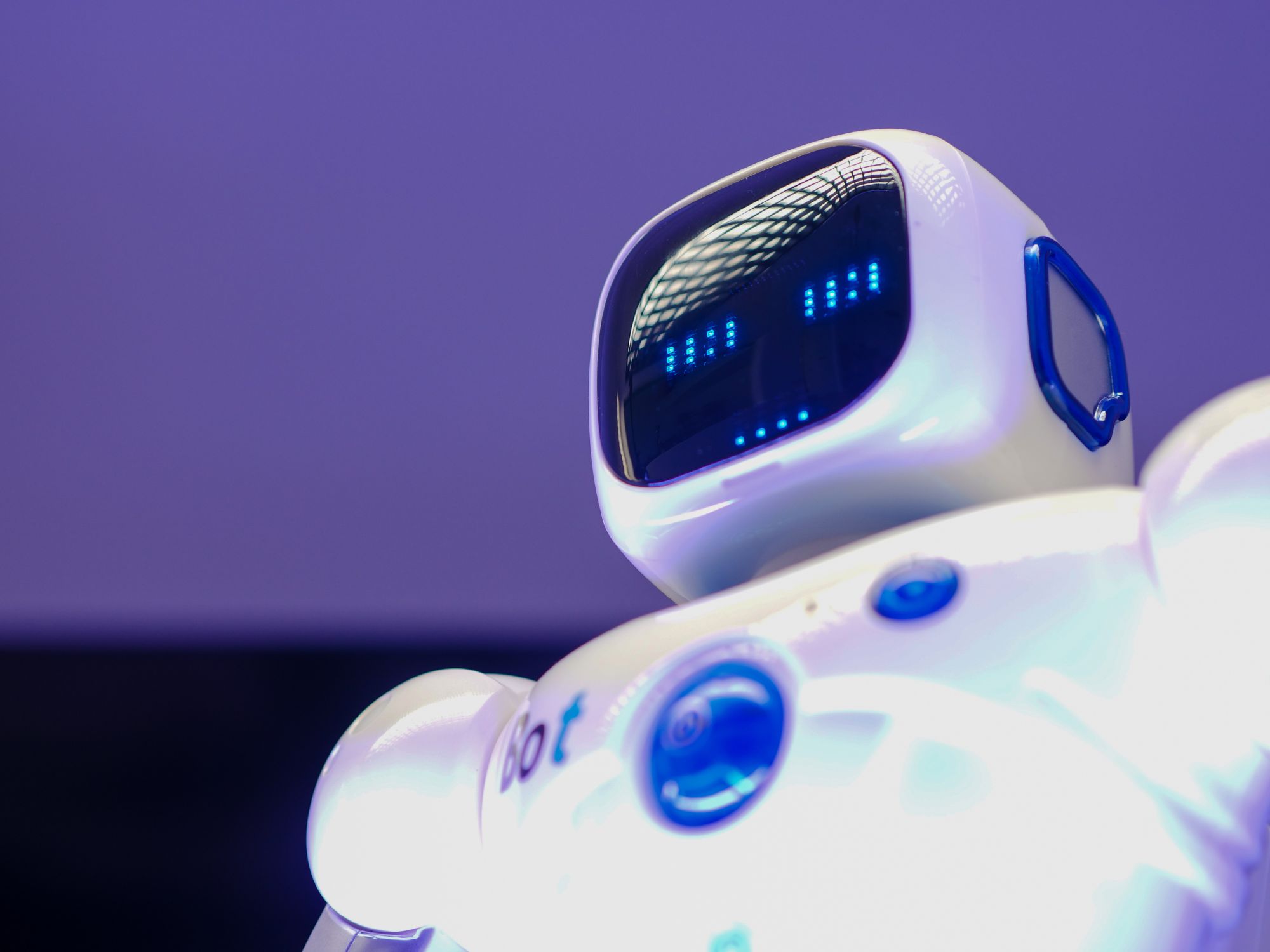Artificial Intelligence (AI) is becoming an increasingly prominent technology in today’s world, with applications ranging from chatbots to deepfakes.
While AI has the potential to revolutionize industries and improve efficiency, it also comes with risks such as job loss and the misuse of technologies like deepfakes.
In this FAQ-styled article, we will explore the basics of AI, including its applications in chatbots and deepfakes, as well as its benefits and risks.
What is AI?
AI (Artificial Intelligence) refers to the simulation of human intelligence in machines that are programmed to think, learn and problem-solve like humans. It is a broad term that covers a range of technologies, from simple algorithms to complex neural networks.
What Are Chat Bots and How Do They Use AI?
Chatbots are AI-powered computer programs that simulate conversation with human users. They can be used for a variety of purposes, from customer service to personal assistants.

Chatbots use Natural Language Processing (NLP) to understand and interpret human language, and machine learning to improve their responses over time.
Related: 6 Ways ChatGPT Will Change SEO Marketing
What Are Deepfakes and How Do They Use AI?
Deepfakes are manipulated videos or images that are created using AI-powered technology. They are created by training machine learning algorithms on large amounts of data, such as images or videos of a person’s face.
Once trained, the algorithm can then generate new videos or images that are indistinguishable from the original. Deepfakes can be used for malicious purposes, such as creating fake news or spreading disinformation.
What are the benefits of AI?
AI has the potential to revolutionize many industries, from healthcare to finance. It can automate tedious and repetitive tasks, reduce errors, and increase efficiency.
AI-powered technologies such as chatbots can also improve customer service and provide personalized experiences.

What are the risks of AI?
AI also comes with a range of risks, such as job loss due to automation, biased algorithms, and the misuse of AI-powered technologies such as deepfakes.
Deepfakes in particular have raised concerns around privacy and security, as they can be used to create fake videos or images of individuals without their consent.
What are the different types of AI?
Large Language Models (LLM)
To train large-language models (LLMs), billions of words of everyday text are fed into them from a diverse range of sources, including books, tweets, and other forms of written and spoken language.
LLMs then use this vast amount of data to predict words and sentences in specific sequences, allowing them to generate human-like responses to queries and perform a wide range of language-based tasks.
Generative Adversarial Networks (GANs)
Neural networks are also utilized in creative fields such as music, visual art, and film-making. In these applications, one neural network is designated as the “creator,” while a second network is designated as the “marker.”
The creator network learns to generate content that the marker network will approve of, resulting in the creation of unique and innovative works of art. This technology has the potential to revolutionize the way we approach creative endeavors and could lead to entirely new forms of artistic expression.
Related: Why You Need an AI Marketing Strategy in 2023
Reinforcement Learning
Perhaps the most basic form of training there is, reinforcement learning involves giving feedback each time the system performs a task, so that it learns from doing things correctly.
It can be a slow and expensive process, but for systems that interact with the real world, there is sometimes no better way.



